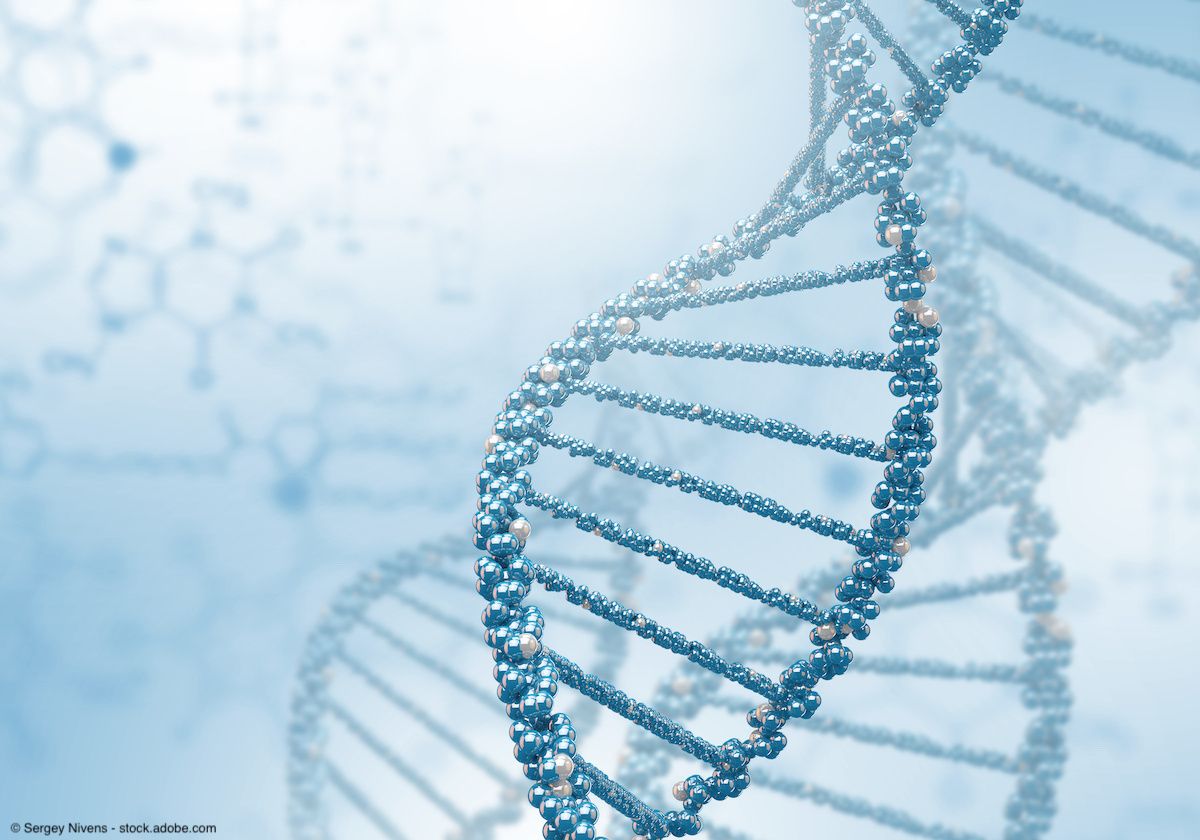News
Article
ctDNA profiling complements tissue-based NGS in renal cell carcinoma
Author(s):
Key Takeaways
- Combining tissue NGS with ctDNA profiling improves detection of genomic alterations in RCC, especially in metastatic cases.
- Higher concordance of somatic alterations was observed in metastatic patients, notably in genes like BAP1, TP53, and VHL.
here was a higher concordance of somatic alterations between tissue and ctDNA testing in patients with metastases vs those without.
The combination of tissue-based next-generation sequencing (NGS) with circulating tumor DNA (ctDNA) profiling increased the detection of genomic alterations in patients with renal cell carcinoma (RCC), according to data from a retrospective study presented at the 2024 Kidney Cancer Research Summit in Boston, Massachusetts.1
The retrospective study included de-identified NGS data from 393 patients with RCC.

The data were presented by Chinmay Jani, MD, a clinical fellow at the University of Miami Sylvester Comprehensive Cancer Center.
He explained, “Next generation sequencing of ctDNA can complement tissue NGS. The most important thing is it's a non-invasive test that can be conducted serially. Its application enhances the assessment of spatial as well as temporal molecular tumor heterogeneity, providing insights not into just progression, but also treatment response prognosis. However, limited studies have been conducted in RCC. The aim of our study was to investigate molecular alterations detected in circulating and tissue-derived DNA in patients with RCC.”
Overall, data from the study showed that NGS with both tissue and ctDNA sampling increased the detection of genomic alterations among patients with RCC. There was a higher concordance of somatic alterations between the 2 in patients with metastases vs those without, particularly between select genes such as BAP1 (55.9% vs. 9.1% for metastases vs non-metastases, respectively), TP53 (36.8% vs. 9.1%), VHL (32.3% vs. 12.5%), ARID1A (25% vs. 16.7%), and ATM (25% vs. 0%). According to the authors, this finding suggests “the potential utility of ctDNA analysis in advanced stages of RCC.”1
Among the tissue samples, the prevalence of pathogenic somatic short variants was 59% (n = 232) in VHL, 31% (n = 123) in PBRM1, 23% (n = 91) in SETD2, 14% (n = 54) in TP53, 12% (n = 46) in BAP1, and 11% (n=45) in TERT. In ctDNA samples, the prevalence of molecular alterations was 23% (n = 91) in TP53, 18% (n = 69) in VHL, 6% (n = 23) in BAP1, 5% (n = 21) in PBRM1, 4% (n = 15) in PTEN, 4% (n = 14) in KRAS, and 4% (n = 14) in NF2.
In total, the retrospective study included de-identified NGS data from 393 patients, collected from the Tempus multimodal database. All patients included for analysis had matched samples, meaning their tissue and ctDNA testing were conducted within 90 days of each other. The median time from tissue to blood collection 21 days (IQR, 7-39). The most common tissue biopsy sites were kidney (49%, n=189), bone (11%, n=43), lung (9%, n=34), lymph node (8%, n=29), liver (6%, n=23), and brain/CNS (4%, n=17).
The median age of patients in the study was 61 years, and 71% were male. Among all patients, 75% were white, 12% were African American, 4.8% were Asian, and 8% were of another race.
Overall, Jani concluded in the presentation, “Further research is warranted to illustrate how longitudinal ctDNA analysis can delineate biomarkers of response and resistance at both the mutation as well as at the ctDNA fraction levels. Understanding these dynamics will not only offer valuable insights, [but] it will [also] help us understand how to utilize this testing in disease progression and treatment outcomes and give personalized treatment to all patients with RCC.”
References
1. Jani C, Tran E, Hockenberry A, et al. Concordance analysis of tissue and circulating tumor DNA (ctDNA) in renal cell carcinoma (RCC): Insights from a multimodal real-world database. Presented at: 2024 Kidney Cancer Research Summit. July 11-12, 2024. Boston, Massachusetts. Abstract 12. Accessed July 17, 2024. https://kcrs.kidneycan.org/wp-content/uploads/2024/06/KCRS24-Abstract-Book-6.27.24.pdf
Newsletter
Stay current with the latest urology news and practice-changing insights — sign up now for the essential updates every urologist needs.
















